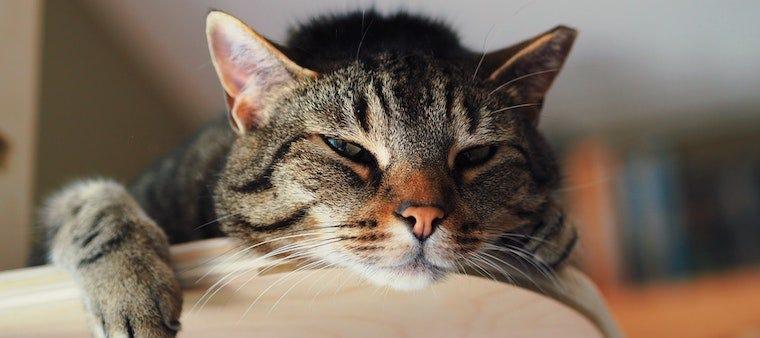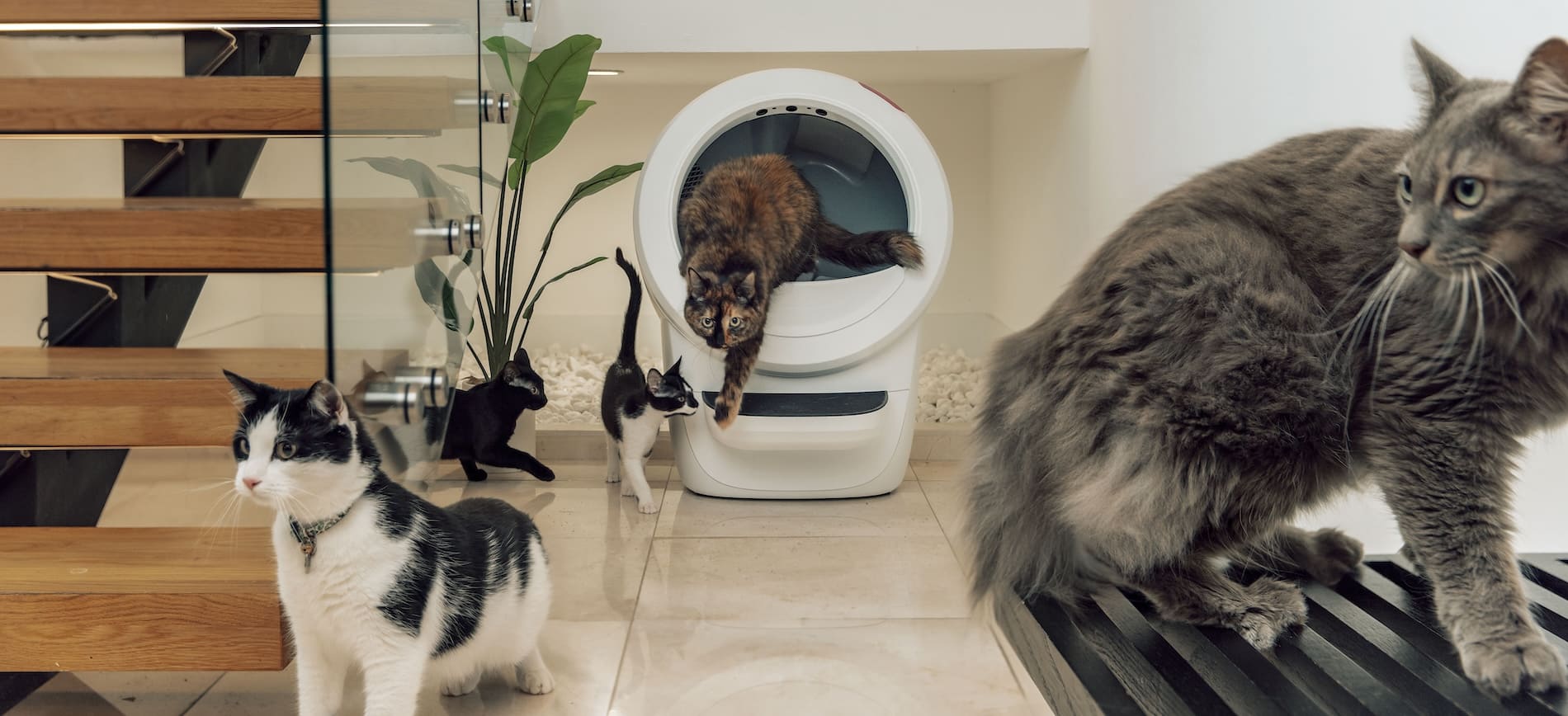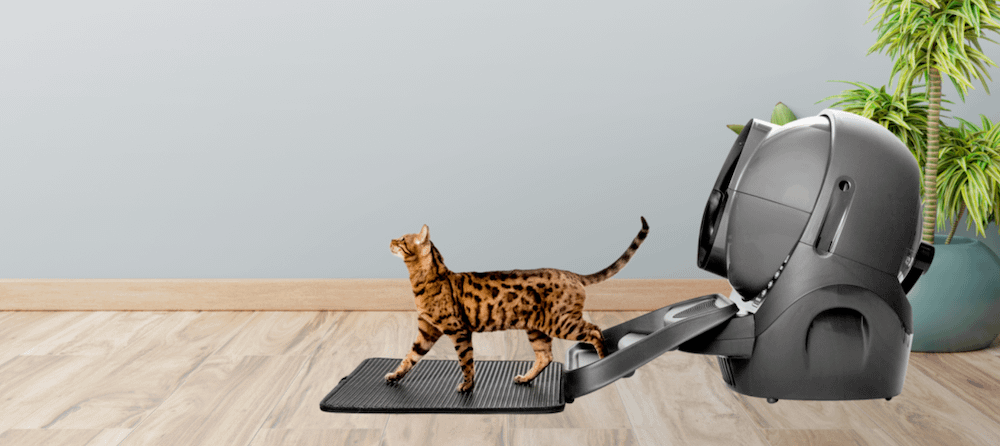Today is National Specially-abled Pets Day. This got us thinking about all the pets with special needs looking for a loving home. If you’ve ever wondered whether you’d be able to care for one of these unique animals, take a look at our overview of cats with special needs below. You might learn that it’s easier than you think!
Why adopt cats with special needs?
Most pet parents who’ve cared for cats with special needs (and helped them thrive!) will agree: While challenging at times, it is an incredibly rewarding experience. It teaches patience and compassion, while allowing you to form a truly special bond with your pet.
An even better reason to adopt cats with special needs: You’re saving a life. As sad as it is, pets with special needs are much more likely to be passed over in a shelter, rejected by a breeder, or even abandoned by a former family.
Setting expectations
Caring for cats with special needs isn’t without responsibilities. Depending on the circumstances, you may need to be able to help your cat go to the bathroom (cat diapers can be of use), groom your cat daily, and provide pain management. The latter may include vet-prescribed medication, natural supplements, special diets, and even holistic medicine like acupuncture and other therapies.
Caring for cats with special needs: An overview
While “special needs” encompasses a variety of physical limitations, medical conditions, and more, below we’ll cover some of the most common circumstances associated with cats with special needs.
Disabled cats
Or, as they say—“specially-abled” cats! The truth is, a disabled cat isn’t that different from an able-bodied kitty. Inability to move or partake in regular activities is what most impacts a disabled cat. Fortunately, cats can be fitted with front or rear wheelchairs to help restore their mobility. (They don’t care how they chase the mice, just as long as they are still able to do so!)
Harnesses are also an excellent way to transport your furry friend. Fitting your disabled cat with a harness will allow you to pick him up more easily and comfortably, and help him up and across complex terrain (like stairs).
Minor modifications to your home will make some of your cat’s daily activities easier and more accessible. Examples include:
- Elevating your cat’s food and water bowls so he doesn’t have to bend down too low.
- Adding DIY ramps to short sets of stairs as well as the litter box. (Or restrict access to stairs with a baby gate.)
- Rearranging any furniture or removing any objects that could impede his path.
Get more tips on caring for disabled cats and providing pain management in handicapped pets.
Cats with cerebellar hypoplasia
Feline cerebellar hypoplasia, also known as wobbly cat syndrome, is a neurological disorder that affects a cat’s coordination, balance, and fine motor skills, ranging from mild to severe. Fortunately, it is not a painful condition, nor is it contagious.
Most wobbly cats can lead happy and relatively normal lives! Here are some tips for caring for a cat with cerebellar hypoplasia:
- Do not declaw. Because these cats can’t typically jump, they must develop climbing skills and use their claws for balance.
- Provide carpeted cat trees and other climbing spots, but be sure to cushion the surrounding area with foam pads and soft blankets in case the kitty takes a tumble (which is not unlikely).
- Keep your cat indoors-only.
- Raise food and water dishes off the floor.
- Provide large litter boxes with easy access.
- Restrict access to stairs with a baby gate.
- Add traction around the house with non-slip mats.
Learn more about caring for a cat with cerebellar hypoplasia.
Blind cats
While some kittens are born without eyes or with eyes that do not function, cats more commonly lose their sight as a result of trauma, illness, or certain medical conditions.
Introducing a blind cat to your home is very similar to introducing a sighted cat, with just a few extra considerations:
- Set up a main room or “safe room” where the kitty has food, water, and a litter box, and is apart from other pets in the household.
- Spend time playing with him and providing him with treats and noisy toys.
- Slowly allow him to explore other areas of the home. Make sure to supervise, cover sharp edges, and block off stairs for the time being.
- Keep the setup of rooms consistent and the house clean, and avoid moving furniture. Eventually your cat will feel more confident with the layout of the house.
- If you feel comfortable letting your cat navigate stairs to another story of the house, consider “tagging” the area with a consistent smell. For example, mark the top of the stairs with a lavender scent and the bottom of the stairs with a vanilla scent. This will help your cat know when he can expect to start climbing up or down and when he will be on level ground.
Learn more about the do’s and don’ts of caring for a blind cat.
Deaf cats
Cats may experience hearing loss as they age, or acquire deafness through infection, disease, or trauma. Some cats are genetically predisposed to deafness—especially those with white coats and blue eyes.
Luckily, hearing loss isn’t likely to impact a feline’s everyday needs—including eating, drinking, and using the litter box. Here are a few tips to keep in mind:
- Avoid startling a deaf cat. For instance, you should never approach your cat from behind without signaling your presence: You might consider stomping, using the vibrations to alert your cat.
- Sense of touch is even more important to a deaf cat. Take the time to stroke, brush, and comb your cat, as he will likely find this comforting.
- Engage in playtime with him every day—he will love the very same toys as a hearing-abled kitty!
- Keep your cat indoors-only. (Or build an enclosed catio where he can safely enjoy the outdoors.)
Learn more about caring for a deaf cat.
Cats with chronic medical conditions
Cats with special needs aren’t limited to physical handicaps. More commonly, they are cats with chronic medical conditions (like kidney disease, heart disease, liver disease, or diabetes mellitus) or incurable viruses (like FIV or feline leukemia).
The chronic medical conditions that can affect cats are too numerous to list here, and each will require different care and treatment. Regardless, your responsibilities as a pet parent will include basics like having your cat spayed/neutered, getting your cat vaccinated, keeping your cat indoors-only, minimizing stress, and visiting the veterinarian at least annually. That’s no different from having a “normal” cat, is it?
This National Specially-abled Pets Day, we hope that you’ll give some consideration to opening your home to cats with special needs. You can be a loving, compassionate parent to a very “special” furry family member!
Cover photo by Jana Shnipelson on Unsplash









